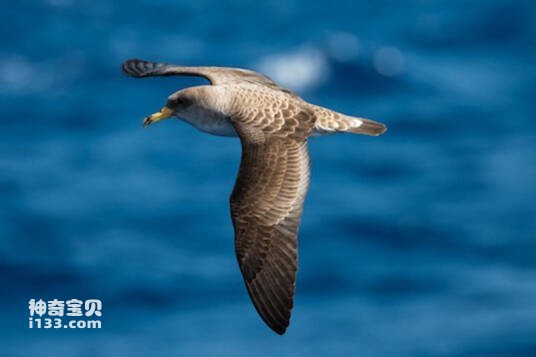Calonectris borealis
IUCN
LCBasic Information
Scientific classification
- name:Calonectris borealis
- Scientific Name:Calonectris borealis,Cory's Shearwater
- Outline:Waterfowl
- Family:
Vital signs
- length:44-49CM
- Weight:544-738g
- lifetime:No textual research information is available
Feature
The upper body is brownish gray, most of the feathers are light brown, and the belly is white or slightly gray
Distribution and Habitat
Resident Bird: Algeria, Angola, Antigua and Barbuda, Argentina, Bahamas, Benin, Bermuda, Brazil, Cape Verde, Cameroon, Canada, Democratic Republic of the Congo (DRC), Congo (Brazzaville), Cote d 'Ivoire, Equatorial Guinea, France, French Guiana, Gabon, Gambia, Ghana, Gibraltar, Guinea, Guinea-Bissau, Liberia, Madagascar, Mauritani Asia, Mexico, Morocco, Mozambique, Namibia, Nigeria, Portugal (Madeira, Azores), Portugal, Saint Helena, Ascension and Tristan da Cunha, Saint Pierre and Miquelon, SAO Tome and Principe, Senegal, Sierra Leone, South Africa, Spain (Canary Islands), Togo, United States, Uruguay and Western Sahara.
Wandering (non-breeding grounds) : Panama.
Wandering (seasonal uncertainty) : Costa Rica.
Wandering: Guadeloupe, New Zealand and Venezuela.
There is uncertainty and source uncertainty: Barbados, Belgium, Cuba, Denmark, Dominica, Faroe Islands, Germany, Ireland, Martinique, Montserrat, Netherlands, Norway, Oman, Poland, Puerto Rico, Saint Kitts and Nev
Appearance
It is 44-49 cm long, has a wingspan of 117-135 cm, and weighs 544-738 g. The adult bird has a grayish-brown upper body, including the crown, neck, nape, back, body feathers, and shoulder blades, where the feather pattern becomes scaly, such as the rump and upper tail coverts. A white crescent formed by the final upper tail cover. The upper wings are dark brown. The primary coverts and flight feathers are darker, while the third and lowest shoulder blades are darker, forming a faint M or W shape on the upper part. The upper tail is mostly dark brown. On the white underbody part, the underwings show a black posterior margin, while some black spots and spots form a weaker leading edge in the scapular region. White extends to the underside of the outer primary color, and the species has dark triangular wing tips. On the taupe head, the cheeks are brown-gray and blend in with the white chin and throat. The sides of the neck and chest are gray. The rest of the lower body is white, and the th
Details
Calonectris borealis (Cory'); s Shearwater, no subspecies.

Cori shearwaters are divided into breeding areas and frequent foraging trips, rapid long-distance migration, and small-scale movements within defined wintering grounds. Breeding in April on offshore islands, breeding pairs occupy cliffs, caves and boulder fields. The food is mainly squid, which is mainly caught at the surface of the sea. They are also often attracted to fishing trawlers to feed on discarded fish guts. The species breeds mainly in the Azores and Madeira Islands (which account for more than 85% of the global population, plus the Berengas islands off mainland Portugal), Portugal, and the Spanish Canary Islands (which account for about 15% of the global population). Most populations spend the non-breeding season in the Atlantic Ocean.
Listed on the IUCN Red List of Threatened Species (IUCN)2018 ver3.1 - Not Threatened (LC).
Protect wild animals and eliminate wild meat.
Maintaining ecological balance is everyone's responsibility!








